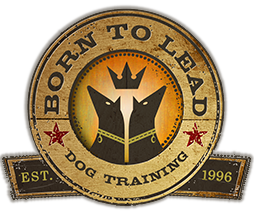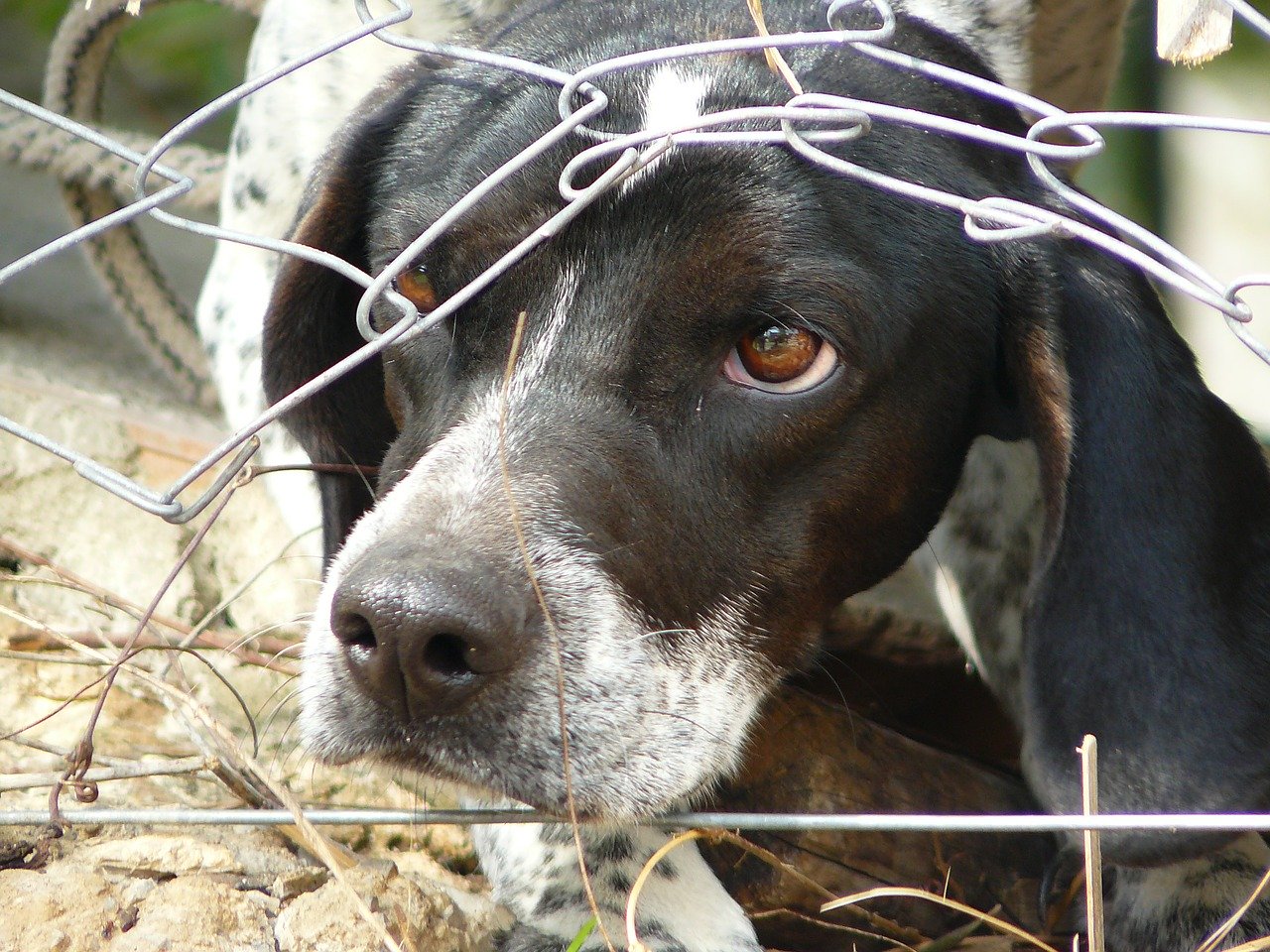Dogs can be fearful because of past trauma, lack of proper socialization during puppyhood, genetic predisposition or a combination of all these factors. Our natural instinct when our dogs are fearful is to soothe and comfort them. Unfortunately, this sends exactly the wrong message to our dogs. From their point of view, we are praising and rewarding them for being fearful. Obedience training can help your dog gain confidence and allow you to slowly ease them over their fears. Never force you’re your dog to confront something that scares him. Instead, introduce the scary thing at a distance, while rewarding him for being calm. Slowly, and over many training sessions, decrease the distance to the scary thing. Your dog will begin to associate the scary thing with something positive such as food, toys, or praise.
The following is an example of how to overcome fear. Mitzi, the Poodle, is afraid of men. Her owner has enlisted a male friend to help in the training. They do two or three10-minute training sessions a week.
Beginning training sessions: The man sits on a park bench, while Mitzi’s owner heels her through the park. Twenty feet from the man, Mitzi’s owner stops and has Mitzi sit. She rewards the dog with the little bits of hotdogs (a treat she never gets). She heels Mitzi away and repeats. If Mitzi shows no signs of fear, she gets a little closer with each repetition. The training sessions end with Mitzi being treated for staying calm ten feet away from the man. The man ignores Mitzi entirely throughout the session. In the next session, they start at a distance of fifteen feet. As they slowly decrease the distance, Mitzi seems a little nervous, so her owner heels her away and increases the distance for the next few repetitions. Mitzi is always rewarded for remaining calm. Mitzi’s owner continues these sessions until Mitzi is calmly sitting five feet from the man and taking treats. Now Mitzi has learned that whenever the man is around, so are hotdogs!
Intermediate training sessions: Mitzi has been practicing her sit-stays at home, so she is ready for a new game. As Mitzi’s owner heels her up five feet from the man, she has Mitzi sit and stay. She tosses a treat on the ground while Mitzi holds position. She releases Mitzi with OK and allows her to eat the treat. She immediately has Mitzi sit and stay again. If Mitzi still shows no fear, the man begins tossing treats on the ground, but he still ignores Mitzi. Mitzi’s owner releases her with OK, allowing Mitzi to eat the treats. After a few more training sessions, Mitzi is taking treats out of the man’s hand. Mitzi’s owner keeps her under obedience control at all times. As soon as Mitzi eats the treat, she sits and stays again.
Advanced training sessions: Now the man starts paying attention to Mitzi, talking to her softly and making eye contact as he feeds her treats. If Mitzi shows no fear, he gently pets her under the chin (over the head can be intimidating). He rewards her with treats, and since Mitzi likes toys, he gives her a new toy to take home. Now Mitzi’s owner enlists the help of another male friend. She repeats the beginning and intermediate training sessions with the new man. The training goes quickly with the new man and Mitzi is soon approaching a variety of men. Mitzi thinks men are great!
This process takes patience but it does work. How much progress your dog makes depends in large part on his temperament. Some dogs may totally overcome fears, while others make small progress. A dog that is fearful of strangers may never become a social butterfly but may learn to be less anxious and fearful around them.






